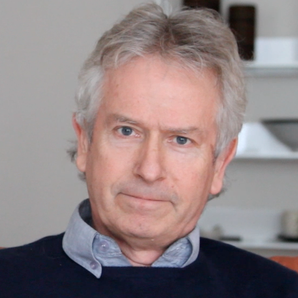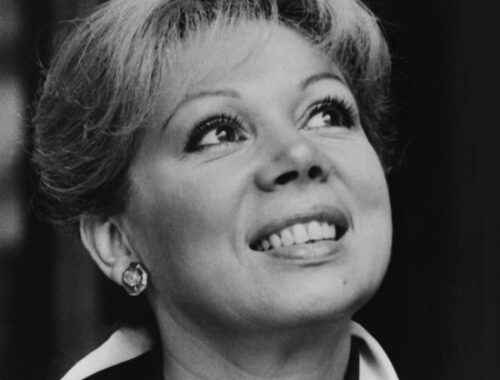National Youth Orchestra of Great Britain, Petrenko, Royal Festival Hall
It must be hard comprehending death when you’ve barely begun living – but the National Youth Orchestra of Great Britain has a corporate sixth sense about the subtext of music that never ceases to amaze. Their latest programme reflected on the impermanence of life through two works from the beginning and end of the last century: Ex NYO member Judith Weir’s 1999 pre-millennial cantata We Are Shadows muses on the hereafter through poetry; Mahler’s unfinished 10th Symphony poses many questions – philosophical and textual – that will forever remain unanswered.
Judith Weir’s journey begins with the weary traveller of Emily Dickinson’s “Preface” seeking refuge and sustenance at the inn of the last happiness only to be greeted not by a jolly landlord and brimming tankards but the sepulchral roar of trombones, the rumble of a thunder sheet, and the words “Who are these below?” The answer comes at journey’s end from, paradoxically, a group of children whispering the words “We are Shadows” (Umbra sumus). But the greatest paradox of all is that Weir’s clear-sighted, unpretentious, word-setting and clean, open, and often graphic instrumental textures suggest clarity and not ambiguity on the mystical questions of death and reincarnation. Some of the sonic imagery was undoubtedly conceived with goulish young imaginations in mind: like the sound of dozens of string players thrumming on the bodies of their instruments as if to suggest a host of creepy crawlies getting to work on human remains.
The remains of Mahler’s 10th Symphony – as fashioned into the most credible of performance versions of Deryck Cooke – will always pose more questions than are answered but the one certainty, so movingly projected in this most accomplished performance under Vasily Petrenko, is that Mahler was looking forward and not backwards when he made his last exit. The most testing and exposed viola line in music might seem like a desolate place to start but an aspirational theme in violins soon provides the promise of renewal and the depth of sonority achieved by the ample alliance of NYO strings and horns was impressive indeed with those searingly high attacks in violins terrifically unanimous.
And so it continued through the mad 20th century baroque of the meter-challenging scherzo and piled up dissonances of the finale until that seraphic flute theme achieved transfiguration in the strings with a level of heart and maturity that once more provided hope for our musical futures.
You May Also Like

Edward Seckerson meets LAURA PITT-PULFORD & DANIELLE DE NIESE
26/06/2023
A Conversation With TONY BANKS
02/09/2010